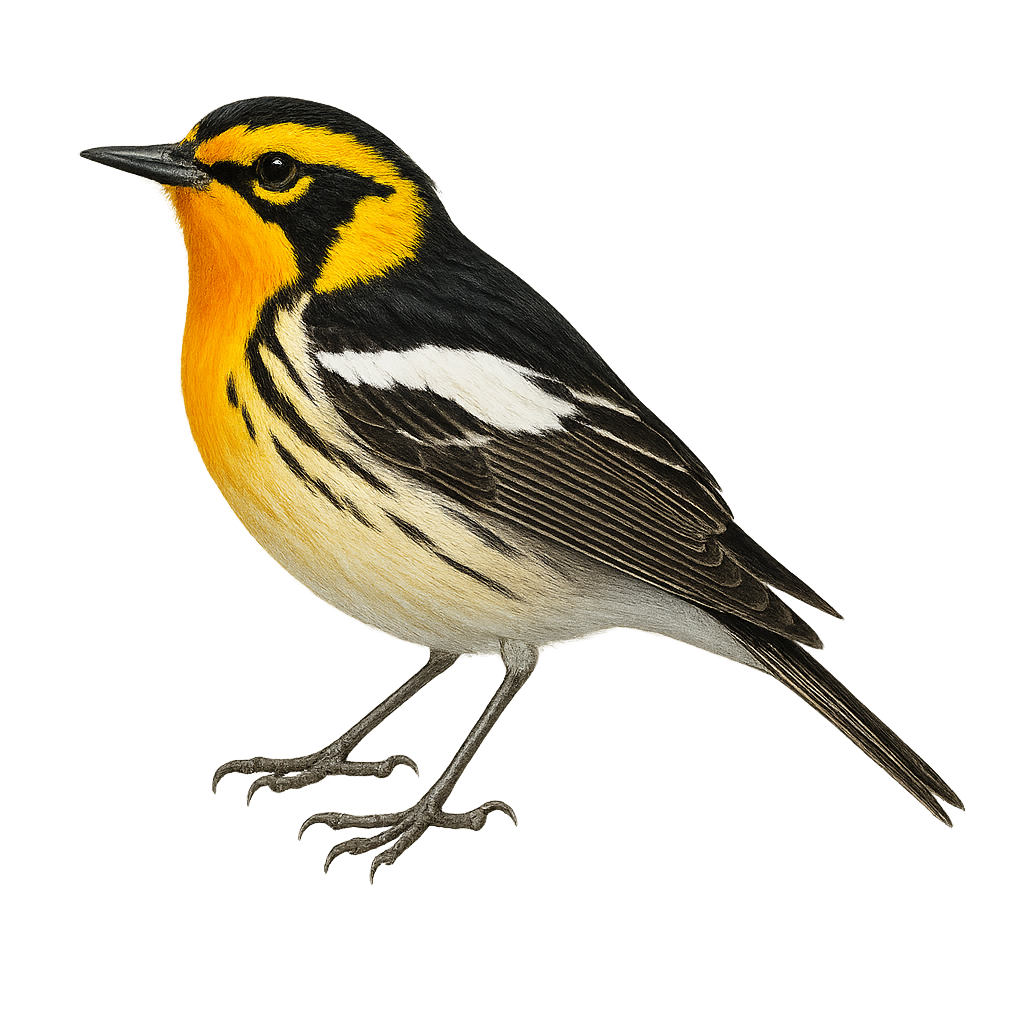Your wildlife photography guide.
Explore the blackburnian warbler in detail, study its behavior, prepare your shots.
Where to observe and photograph the blackburnian warbler in the wild
Learn where and when to spot the blackburnian warbler in the wild, how to identify the species based on distinctive features, and what natural environments it inhabits. The WildlifePhotographer app offers tailored photography tips that reflect the blackburnian warbler’s behavior, helping you capture better wildlife images. Explore the full species profile for key information including description, habitat, active periods, and approach techniques.
Blackburnian Warbler
Scientific name: Setophaga fusca

IUCN Status: Least Concern
Family: PARULIDAE
Group: Birds
Sensitivity to human approach: Suspicious
Minimum approach distance: 10 m
Courtship display: May to June
Incubation: 12-13 jours
Hatchings: May to June
Habitat:
Coniferous forests, mixed forests, wooded areas
Activity period :
Primarily active during the day, with peak activity in the morning and late afternoon.
Identification and description:
The Blackburnian Warbler, Setophaga fusca, is a small songbird belonging to the Parulidae family. It is easily identifiable by its bright orange throat, contrasting with its black and white plumage. Males display more vibrant colors than females, especially during the breeding season. This migratory bird primarily nests in the coniferous forests of northeastern North America and migrates to Central and South America for the winter. The Blackburnian Warbler feeds mainly on insects, which it catches in the foliage of trees. It is often seen actively moving through branches in search of food.
Recommended lens:
400 mm – adjust based on distance, desired framing (portrait or habitat), and approach conditions.
Photography tips:
To photograph the Blackburnian Warbler, it is advisable to use a 400mm lens or longer to capture the details of its vibrant plumage. Look for it in coniferous forests where it actively feeds. Be patient and discreet, as it is suspicious and moves quickly. Opt for sunny mornings to take advantage of good natural light. Use a tripod to stabilize your camera and avoid motion blur.
The WildlifePhotographer App is coming soon!
Be the first to explore the best nature spots, track rutting seasons, log your observations, and observe more wildlife.
Already 1 441 wildlife lovers subscribed worldwide

